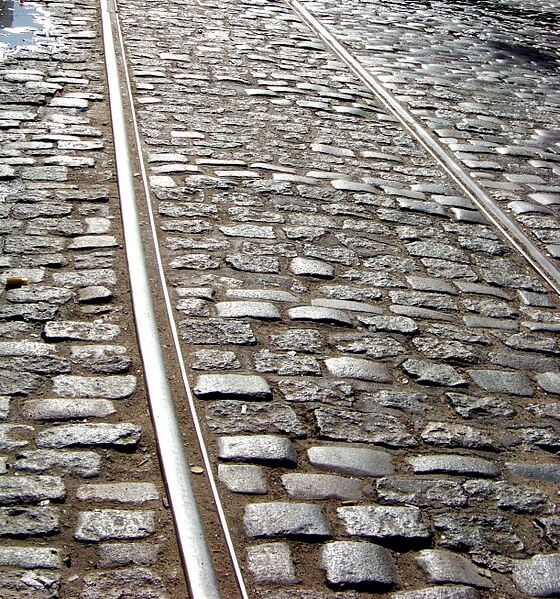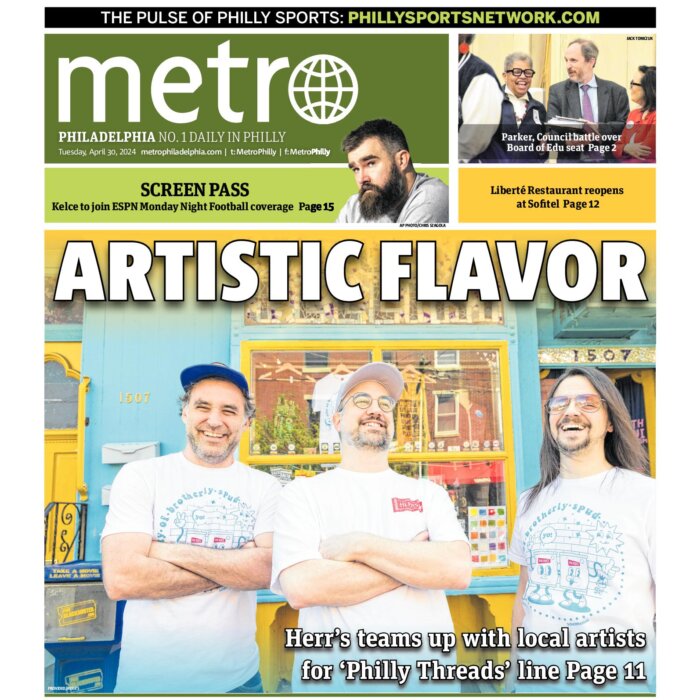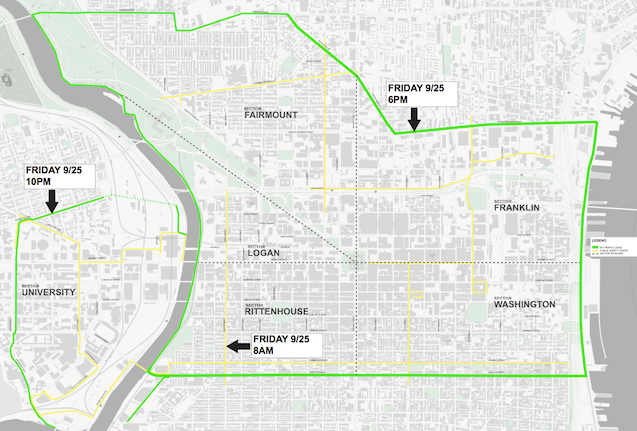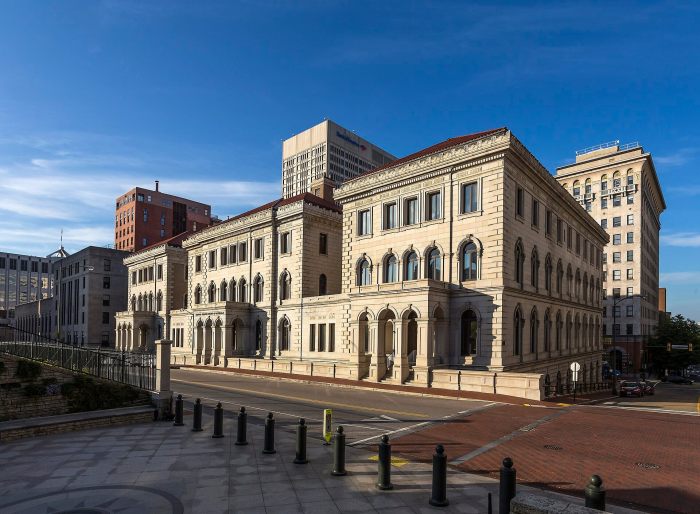When are the ADA wheelchair accessible streetcars coming?
Jeffrey Kneuppel: With the financial resources provided by State Act 89 funds, SEPTA has started plans for a Trolley Modernization program that will bring ADA accessibility to the trolley network.
The program includes the replacement of vehicles on all trolley routes, including the 10, 11, 13, 15, 34 and 36 in the City of Philadelphia, and Routes 101 and 102 in Delaware County. Most of the current fleet dates back to the early 1980s, and the trolleys are nearing the end of their service lifespan. The new trolleys will be fully ADA compliant, feature low-floor boarding, and offer more passenger capacity. SEPTA expects the new trolleys to be in service in approximately five years. The vehicles will be rolled out in conjunction with infrastructure improvements that will further enhance the travel experience for our trolley riders. RELATED: SEPTA cops don body cameras
We live on Chestnut and Front streets. It’s an old cobblestone block that is car-free at night (it’s a 10 p.m. to 8 a.m. tow zone). We’ve called to ask if buses heading to Penn’s Landing could slow up during that time. The non-black top surface and lack of cars to dampen the vibration of a bus cause the buildings on the block to violently shake at night. It wakes us up every night. Drivers slow up for a few weeks after we call to report it, and then it’s back to normal. RELATED:Ask SEPTA: GM Knueppel talks Regional Rail changes How can we get the bus operators to permanently slow down on this section at night?
JK: Surface transportation supervisors conduct random speed checks on all bus routes to ensure operators are traveling within posted speeds. Violators are held accountable.
The cobblestone roadway on your block actually acts as a traffic calming measure, as it is very uncomfortable for our operators to exceed the speed limit over cobblestones. We will, however, increase our speed checks in this area to ensure buses are operating within the speed limit. Would SEPTA ever expand to West Chester, since a portion of the track is still in good condition from the West Chester Railroad?
JK: The track and related infrastructure between the current terminus at Elwyn and Glen Mills is out of service due to its poor condition; between Glen Mills and West Chester, conditions are currently suitable for the operation of a tourist train. SEPTA is working to restore service from Elwyn to Wawa, which is a distance of 3.4 miles. Work includes a new station terminus at Route 1, a parking deck facility for 500 vehicles, complete rebuilding of the track bed, bridge replacement, vehicle storage, and crew facilities. Construction is scheduled to begin in 2017 and will take two to three years to complete. To further restore the line into West Chester is a longer-term proposition that requires a thorough study of a number of issues, such as ridership demand, the condition of the existing infrastructure of this single-track section of the line, and construction cost estimates. Metro regularly runs “Ask SEPTA,” a column of reader questions answered by SEPTA GM Jeffrey Knueppel. To get your question answered by SEPTA, please email it to [email protected].
ASK SEPTA: Loud buses on cobblestone streets and more

Wikimedia Commons






























